
Program participants had 55% fewer hospitalizations, 45% fewer emergency department visits, and shorter hospital stays by 1 day in the 30 days after study entry.

Program participants had 55% fewer hospitalizations, 45% fewer emergency department visits, and shorter hospital stays by 1 day in the 30 days after study entry.
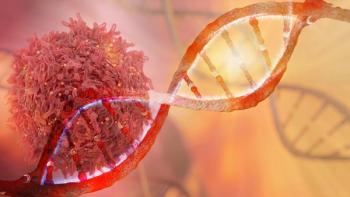
The objective of the study was to determine whether atezolizumab could also be efficacious for patients with earlier-stage disease who may be at risk of disease recurrence following surgery
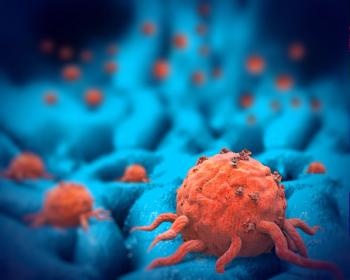
Physical changes to DNA may contribute to greater inflammation and fatigue for these individuals.

The study authors sought to examine the risks of subsequent primary cancers (SPCs) among breast cancer survivors by HR status and age at diagnosis.
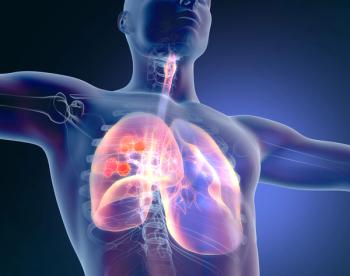
In a trial of amivantamab-vmjw, investigators found an overall response rate of 40% among patients with non-small cell lung cancer whose tumors have epidermal growth factor receptor exon 20 insertion mutations.
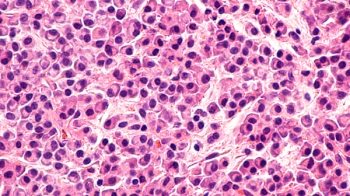
Ssatuximab (Sarclisa, Sanofi) is used in combination with carfilzomib and dexamethasone for patients with relapsed or refractory multiple myeloma.
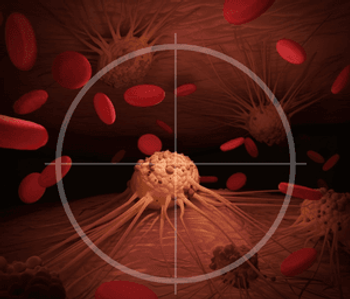
The investigators found that using the vaccine in combination with an immune checkpoint inhibitor—an established immunotherapy drug with a 20% success rate overall for patients—can vastly improve the proportion of individuals who respond to treatments, eliminating tumors in 75% of cases in mice.
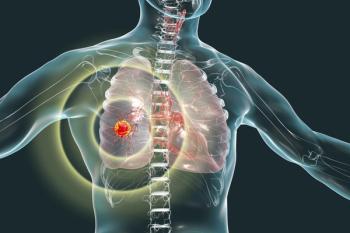
Addition of atezolizumab and durvalumab to chemotherapy is a win for patients with extensive-stage small cell lung cancer
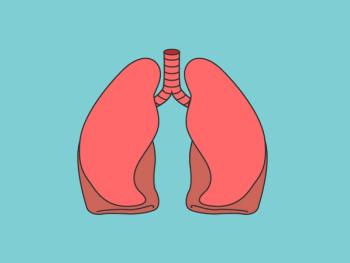
The safety profile for the combination treatment remained consistent with previously reported data in NSCLC and was deemed manageable with established protocols with no new safety signals identified.

Median disease-free survival was twice as long in patients who received nivolumab compared to patients who received a placebo.
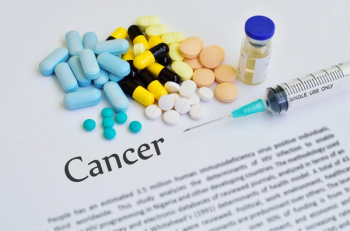
Locally advanced head and neck cancer represents a group of diseases that have seen few new treatment options over the past 20-plus years

The percentage dropped to only about 25% among people at a low genetic risk for the disease.
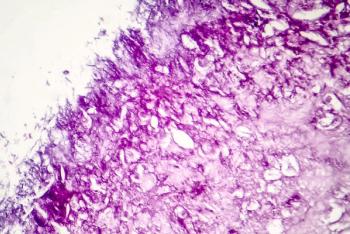
Melanoma forms when pigment-producing cells called melanocytes mutate and multiply uncontrollably.
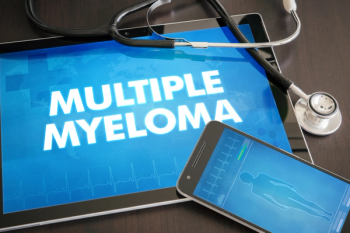
Melphalan flufenamide (Pepaxto; melflufen) is approved for use in combination with dexamethasone to treat adult patients with relapsed or refractory multiple myeloma.

The incidence of colorectal cancer in adults between the ages of 40 and 49 years has increased by nearly 15% since 2000.
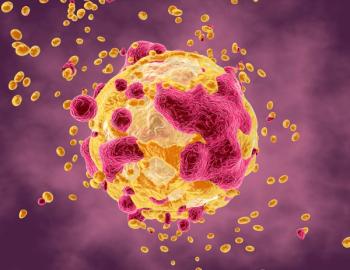
The trial found positive results in both the overall study population of patients with advanced cervical cancer as well as subgroups with squamous cell carcinoma and adenocarcinoma.

The findings contrast with those for adult BMI, which indicate that women who gain weight after menopause have an increased risk of postmenopausal breast cancer.

This week on Pharmacy Times, there are a number of important topics that will be covered and posted throughout the week.
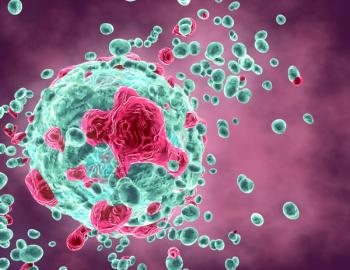
The durvalumab plus chemotherapy arm demonstrated a statistically significant improvement in PFS versus chemotherapy in the previous analysis, but the OS trend observed in this analysis did not achieve statistical significance.

As breast cancer becomes an increasingly treatable disease, clinicians should provide personalized follow-up care to address varying burdens of symptoms up to 5 years after diagnosis.

The KEYNOTE-522 trial met its dual primary endpoints of pathologic complete response and event-free survival, showing a statistically significant and clinically meaningful improvement in EFS compared to neoadjuvant chemotherapy alone.

The implementation of multi-gene panel testing may be a necessary part of the standard of care for all colorectal cancer patients.

Loneliness and social isolation have been particularly significant problems for patients with cancer during the COVID-19 pandemic, likely due to isolation and social distancing, according to a study published in Cancer.

Data presented at the 2021 ESMO Breast Cancer Virtual Congress showed 29% of recurrent breast cancer biopsies showed conversion either from, or to, HER2-low expression.

In June 2020, the FDA granted a fast track designation to fruquintinib for patients with mCRC previously treated with other therapies.
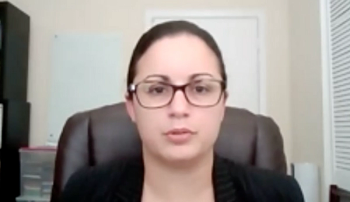
In an interview with Pharmacy Times®, Melissa Santibañez, PharmD, BCCCP, assistant professor at Nova Southeastern University College of Pharmacy, Fort Lauderdale, Florida; and critical care clinical pharmacist at Memorial Regional Hospital, Hollywood, Florida, discusses the value of a pharmacist on a patient care team.
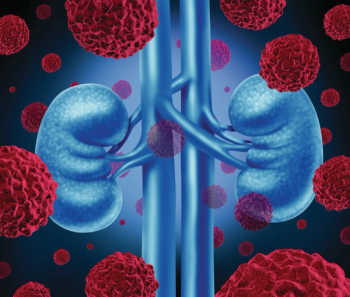
Tivozanib was the first therapy approved by the FDA for adult patients with relapsed or refractory advanced renal cell carcinoma following 2 or more prior systemic therapies.

These findings also suggest that the efficacy of radiotherapy can be improved with drugs that block the PDGFRb protein.

The researchers obtained genomic data from more than 2000 pediatric patients with leukemia to identify associated gene variants.

The new study evaluated data from 5000 patients with EBC and 3496 with ABC to determine associations between BMI and survival rates across both stages.